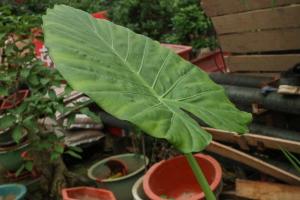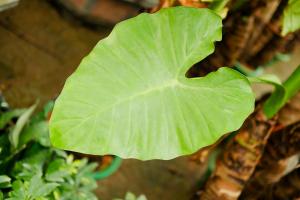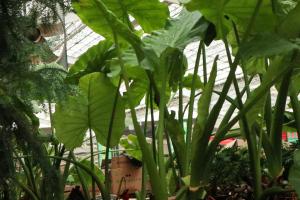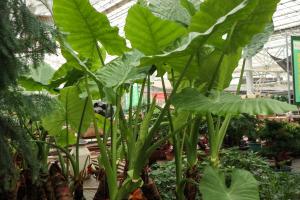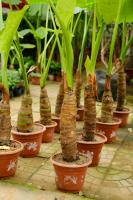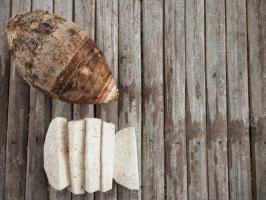1、 Suitable soil
Do not choose particularly sticky soil, but loose and breathable soil. The soil made of garden soil, rotten leaf soil and fine sand is more suitable
2、 Plenty of light
Indoors, light needs special attention. If the light is not good, its leaves turn yellow easily. You need to find a place with enough scattered light but not too strong light, such as near the windowsill. Just give it about three hours of light every day. If it is in florescence, it can be increased appropriately
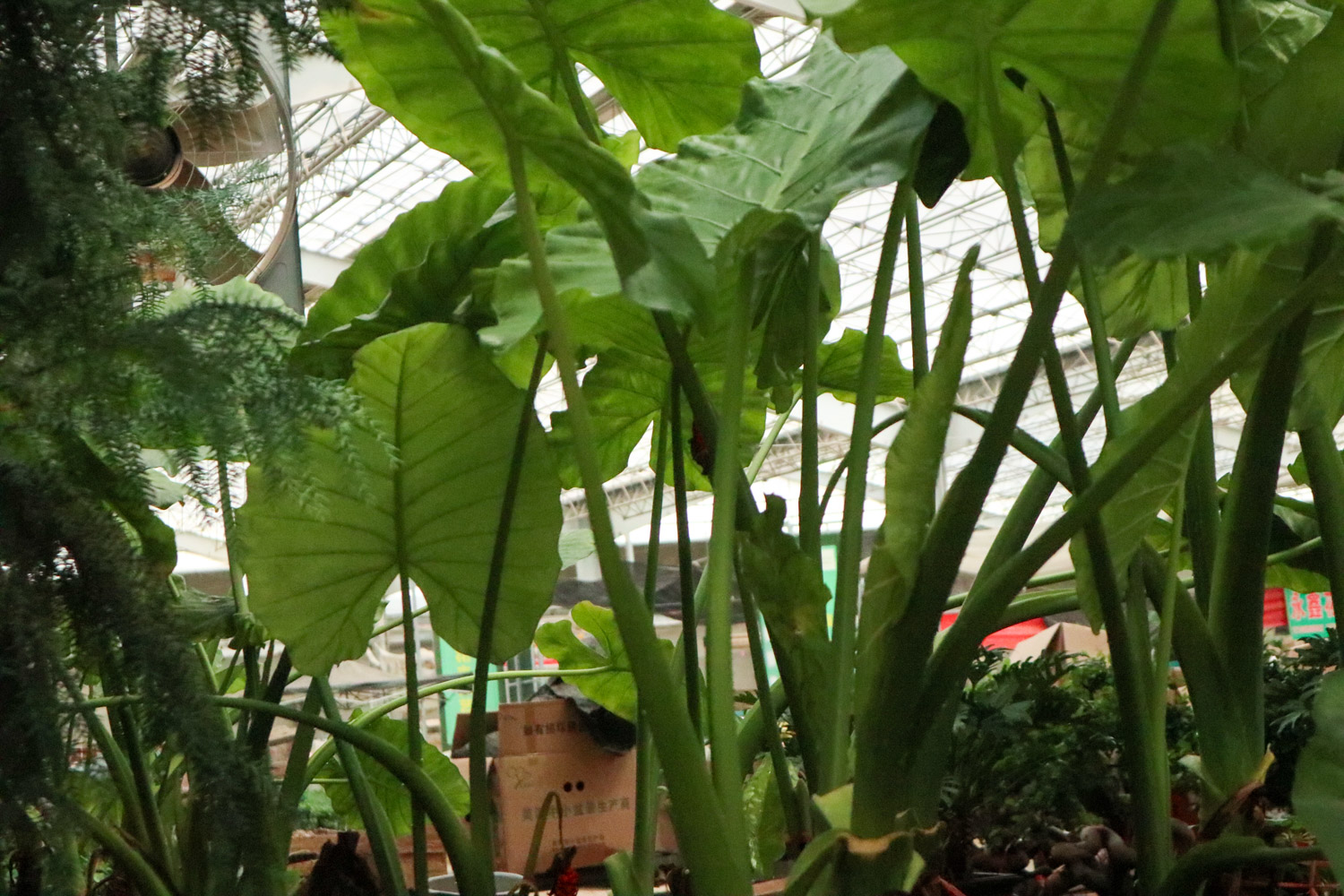
3、 Suitable temperature
The most suitable temperature range is between 20-25 ℃. Don't be less than 18 degrees, which is bad for its growth. Similarly, it can't be too high. It can't exceed 30 degrees in summer
4、 Sufficient moisture
Watering should be timely, especially in hot summer. In addition, it also has requirements for the relative humidity in the air, especially in summer. Some water can be sprayed on the leaves at noon. If the temperature is suitable in winter, you can continue watering
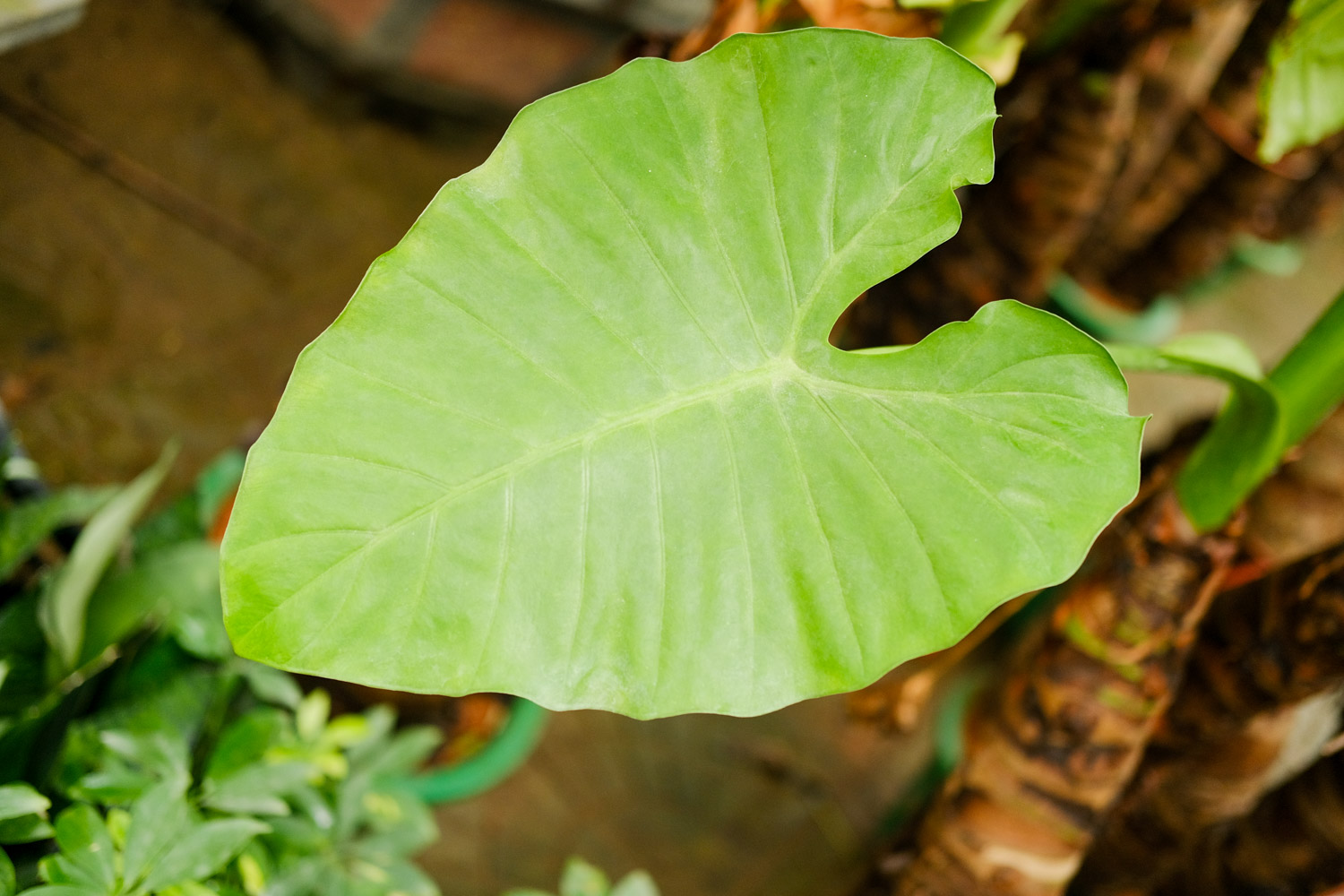
5、 Appropriate amount of fertilizer
Mainly nitrogen fertilizer. Once every two weeks. Be careful when applying. Do not put fertilizer on leaves and flowers. Ferrous sulfate can be supplemented in case of iron deficiency
6、 Precautions
It itself is toxic, so when breeding indoors, we should pay special attention to toxicity. Pay attention to its juice and the drops it drops. If touched, be sure to wash your hands in time and touch other things
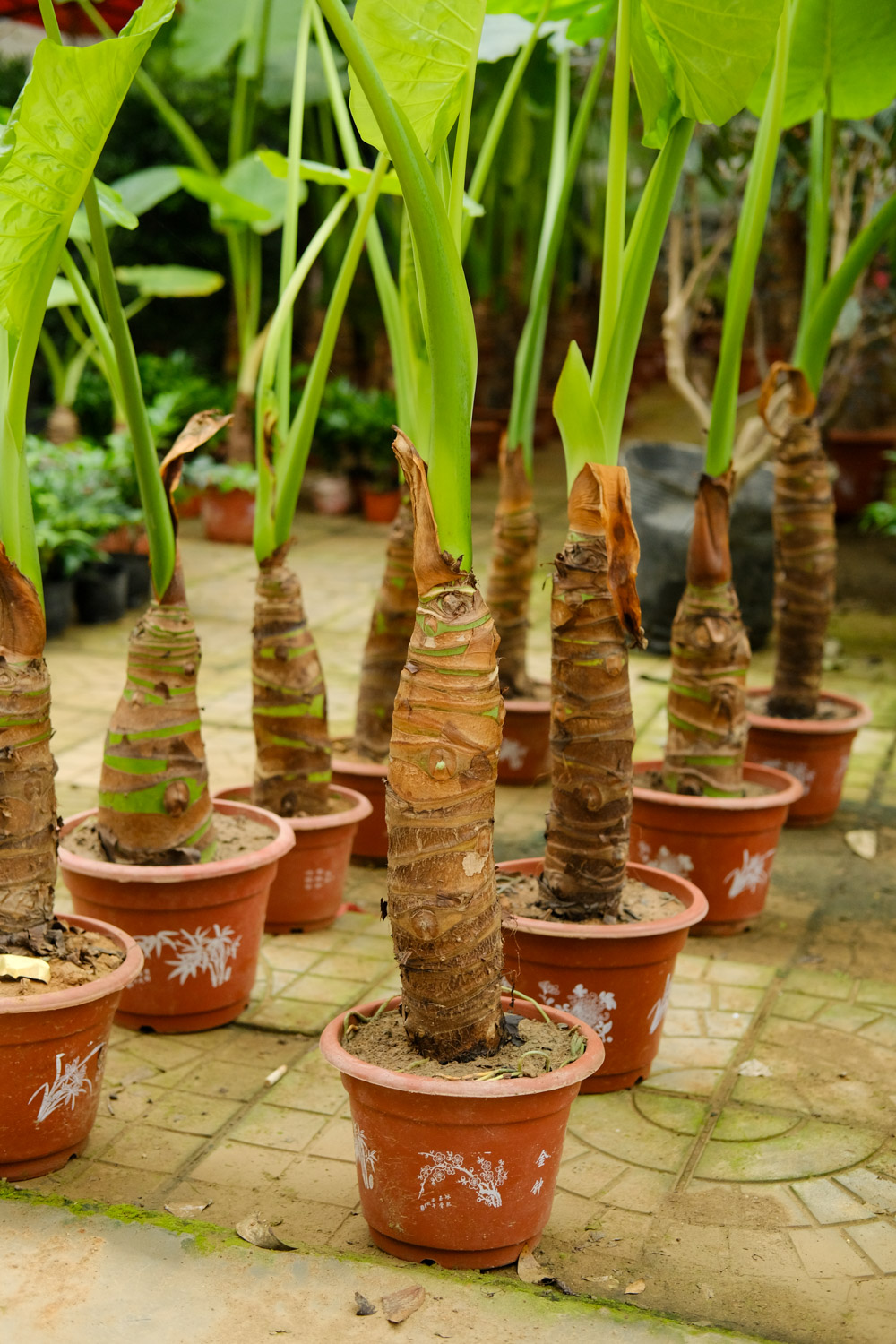

 jackfruit
jackfruit snake plant
snake plant hibiscus
hibiscus hydrangea
hydrangea lavender
lavender Green roses climb al...
Green roses climb al... If you don't pay att...
If you don't pay att... Management of four g...
Management of four g...